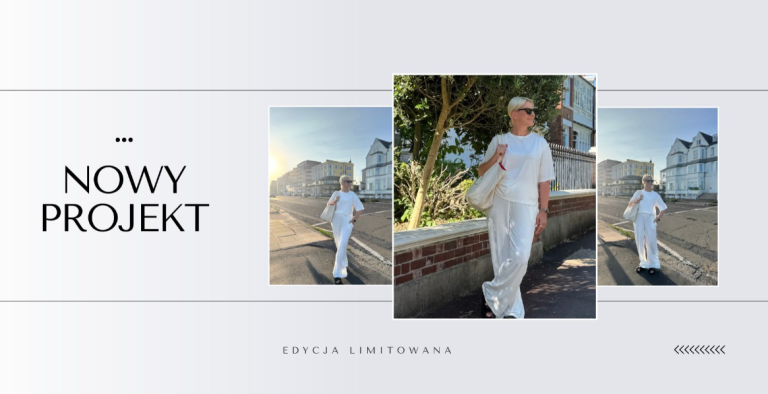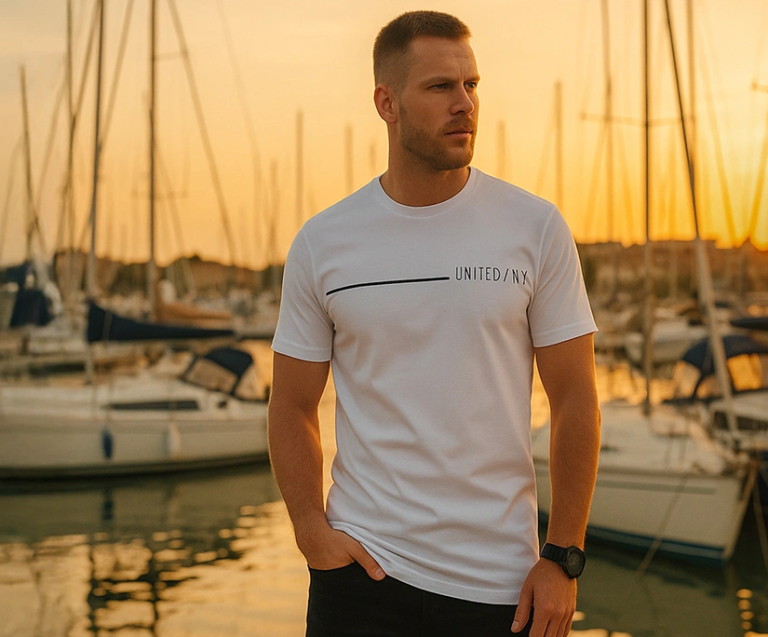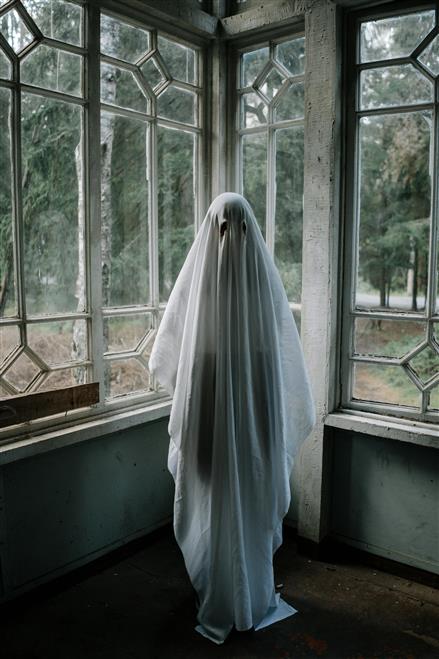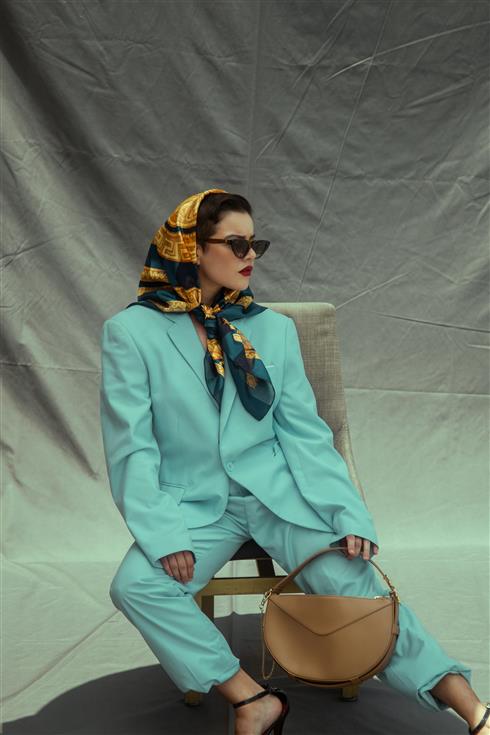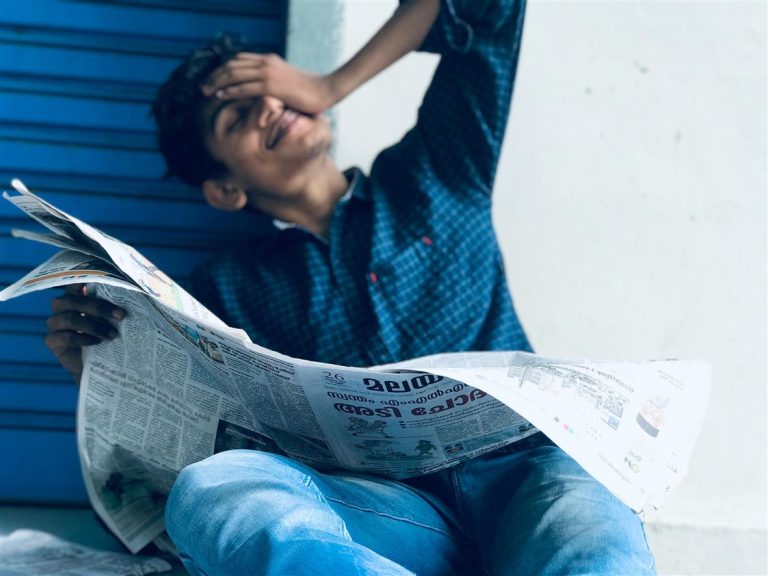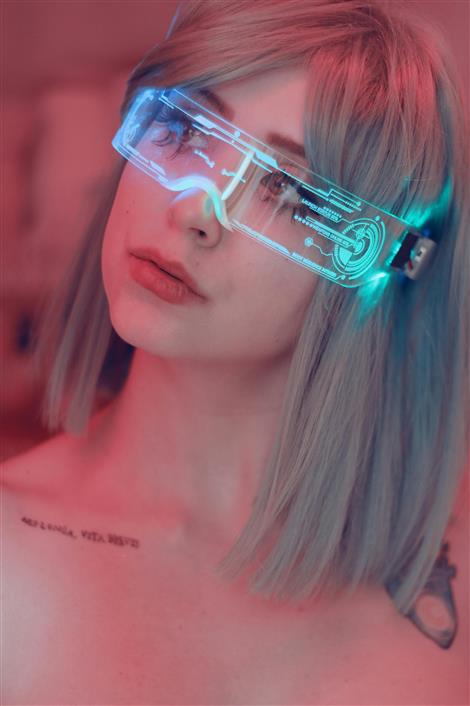
In 2025, the fashion industry is caught in a quiet contest—one that’s reshaping how style is presented, consumed, and monetized. On one side are human influencers: tastemakers who built empires through relatability, personality, and aspirational aesthetics. On the other are AI-generated models and virtual influencers—flawless, tireless digital entities engineered to perform and please.
Both occupy the same digital spaces, often competing for brand campaigns, media coverage, and consumer attention. But as fashion becomes more entwined with technology, the question emerges: who truly holds more influence?
The answer isn’t as clear-cut as it once seemed.
The Human Touch: Why Influencers Still Matter
Fashion influencers rose to prominence in the 2010s and early 2020s, transforming from bloggers and YouTubers into central figures in fashion marketing. Their strength came from personal narrative—inviting followers into their lives, building trust, and offering style inspiration that felt attainable, even when aspirational.
In 2025, this dynamic still holds. Influencers like Camila Coelho, Wisdom Kaye, or Emma Chamberlain have retained influence not just through their looks but through their personalities and evolving stories. Audiences follow them for more than just clothes—they follow them for life updates, humor, perspective, and opinions. In short, they follow them for being human.
Brands continue to leverage this connection. An endorsement from a real person who reflects a specific demographic can still drive more engagement than a polished ad campaign. And in an era marked by AI-generated everything, authenticity—flawed, messy, human—has become a valued currency.
Influencers also serve as cultural translators. They interpret runway looks into wearable outfits. They break down beauty routines. They take abstract style and ground it in real life. Their continued relevance lies in this ability to connect and contextualize.

Enter the AI Model
The last five years have seen the rise of AI-powered models and digital influencers—hyper-realistic figures designed to represent beauty, diversity, or pure fantasy. Figures like Shudu, Imma, and Lil Miquela paved the way. By 2025, hundreds of AI models operate in fashion, from fully digital personalities with social followings to AI-generated avatars used in online stores and campaigns.
These AI models have certain advantages. They don’t age, complain, or require payment in the traditional sense. They can wear anything, be anywhere, and embody any brand identity without deviation. They work across time zones, cultures, and aesthetic boundaries.
They’re also increasingly interactive. With the use of generative AI and machine learning, many AI influencers now “respond” to fans, adapt their content styles, and even shift their personalities based on engagement metrics. Their content is designed for virality and optimized through data—not intuition.
From a brand’s perspective, this kind of control is appealing. AI models can be molded to fit marketing goals without risk of scandal or burnout. And as more fashion retail moves into digital and augmented environments—metaverse platforms, virtual try-ons, avatar styling—AI models provide a perfect match.
A Question of Trust
Despite their reach and polish, AI models still face one major limitation: trust. Audiences may admire their appearance or creativity, but they know it’s curated by teams or algorithms. There’s a ceiling to how “real” these figures can feel.
Trust is the foundation of influence. Consumers may enjoy looking at an AI avatar, but they are less likely to base purchase decisions on one—at least for now. There’s a difference between admiring a fictional character and believing their skincare routine or fashion choices will work for you.
That said, younger consumers—especially Gen Z and Gen Alpha—are more fluid in their perception of what’s real and what matters. They interact with fictional streamers, AI chatbots, and virtual celebrities with the same energy they give to human content creators. In some cases, they even prefer the controlled aesthetic and escapism AI offers over the sometimes chaotic reality of human influencers.
Blending the Real and the Virtual
Rather than replacing influencers, AI models may be shaping a hybrid future. Some influencers now work alongside AI versions of themselves, allowing them to appear in campaigns or virtual events they physically cannot attend. Others use AI tools to enhance their content, automate styling options, or simulate outfits before wearing them.
Meanwhile, brands are investing in “AI-human collaborations”—where an AI model might wear an outfit designed by a human stylist, or influencers promote fashion generated by virtual models. The line is blurring, and in that blur, new forms of influence are taking shape.

Who Wins in 2025?
The answer depends on what kind of influence we’re measuring.
If we’re talking about relatability, emotional impact, and trust—human influencers still lead. Their influence stems from lived experience, context, and voice. They can be inconsistent, opinionated, even controversial—and that’s what makes them believable.
But if we’re talking about reach, consistency, and adaptability—AI models are catching up fast. They fit seamlessly into digital commerce and can be programmed to appeal to diverse niches. In a fragmented media landscape, that’s no small advantage.
Ultimately, brands are learning to use both. Human influencers provide the heart; AI models provide the scale. One offers connection, the other delivers control. In a fashion world shaped increasingly by algorithms, aesthetics, and fragmented attention, there may be room for both to thrive.
Final Thoughts
In 2025, influence isn’t a matter of flesh or code. It’s about attention, resonance, and trust. Whether the source is a person with a past or a program with perfect skin, what matters most is whether audiences feel compelled to care.
The fashion world will likely continue walking the line between the two—pairing digital ambition with human emotion. The question is no longer who replaces whom. It’s how these forces, real and virtual, shape style together.
